How To Light A Gas Fireplace [With Pictures]
Gas fireplaces are an excellent option for adding ambiance and warmth to your home. But, it's getting cold out, and your fireplace is acting more like decor than a source of heat. The bitter weather may have you considering how to light a gas fireplace . Well, we have your back! Here is an all-inclusive guide to help make the process easy!
Light Your Gas Fireplace With An HVAC Pro
How Your Gas Fireplace Works
So you want to light your gas fireplace? First, some background knowledge can help you be more confident whenever you light your gas fireplace. When you turn on your fireplace, gas travels through the gas line to the main burner. Upon release from the main burner, the gas comes in contact with the pilot light or
spark ignitor
(depending on what type of fireplace you have) and ignites. For reference, the pilot light is a continuous burning flame used to ignite the gas released from the main burner. A spark ignitor is a modern method since it is an electric spark used to ignite the gas. Learn more about your pilot light
here
.
How To:
Before you can light your fireplace, you must identify the type of gas fireplace in your home. There are three popular systems for turning your gas fireplace on: control panel , gas valve fireplace key , and electronic ignition.
Light A Gas Fireplace With A Control Panel
Step 1: Read Manual
Before you light up that fireplace, make sure to read the included manual thoroughly. Though most fireplaces use similar methods of starting them off, there may be some variation between yours and others. If mishandled, this could lead to extreme danger!
Step 2: Open Access Panel
To start, find and open your fireplace's access panel. A specialized control panel manages the standing pilot light in modern gas fireplaces. To gain access to the control board, you will typically find an opening behind the fireplace's front screen, which you will have to remove for easy access.

Step 3: Turn Control Gas Valve Knob to "OFF"
Once inside this panel, check for a gas valve knob marked Pilot ; often, it will have the words "On," "Off," and " Pilot " on it. Now, turn the knob to the OFF position. Then, wait at least 5 minutes to allow any lingering gas to dissipate.

*****The consequences of natural gas cannot be overstated. Natural gas is a powerful and dangerous substance. It is critical for your safety to take every precaution possible when dealing with gas. You wouldn't want to be anywhere near a natural gas explosion, would you?
If you begin to smell traces of gas, ventilate your home by opening the doors and windows. But, if instead, you smell a strong odor of gas, immediately evacuate your home and call your local fire department.
Step 4: Wait 5 Minutes
After waiting at least 5 minutes, turn on the gas supply to your fireplace. This is typically done by turning a handle or pulling out a lever located on the gas line, near where you see your standing pilot light. It is perpendicular to the gas line if it is in the Off position. Turn the lever to be parallel so that the gas is on.
Step 5: Set Gas Valve Control Knob To The Pilot position
The next step is to set the control knob on Pilot position. Wait until you are ready to ignite the gas fireplace pilot light before turning the gas valve control knob.

Step 6: Hold Gas Valve Control Knob and Click Ignition Switch
Now, to start your fireplace, press on the center of a control knob to ignite it and hold the control knob in place.

Next, press the ignition switch nearby. While continuing to press in the pilot control knob, simultaneously begin continue to click the ignition switch until the pilot light ignites.

Step 7: Release Ignition, But Continue To Hold In Gas Valve Control Knob
Once the gas fireplace pilot light ignites, continue to hold the pilot control knob for approximately 15 to 30 seconds. This ensures the standing pilot light stays lit.

Step 8: Release Control Knob and Turn To ON Position
After 15-30 seconds, you can release the Pilot control knob and turn the knob to the On position.
Step 9: Reattach Front Panel
Finally, securely place the access panel back on the front of your gas fireplace. With the fireplace wall switch or remote control, you can now adjust the flame to your desired comfort level.
If your pilot light goes out for any reason, repeat steps three through eight for how to light a gas fireplace.
Light A Gas Fireplace With A Gas Valve Fireplace Key
Some gas fireplaces use a metal key to control the gas flow . Use these instructions to light a gas fireplace with a key.
Step 1: Review Owner's Manual
Read through the included manual thoroughly before starting up the gas fireplace . Even though most fireplaces use similar starting methods, there are differences between models. Unintended mistakes could have devastating consequences.
Step 2: Remove Front Panel
Typically, gas fireplaces have a glass panel separating the fire chamber from the rest of the room. To start, remove the glass divider to turn on your fireplace.
Step 3: Insert Key into Gas Valve
Next, look for the gas valve next to your fireplace. Insert the key into the gas valve. Do not turn the key until you are ready to light the burner. If you turn the key before you are prepared to ignite the burner, you could release too much gas and risk a gas explosion.
Step 4: Light The Burner And Turn Key Counterclockwise
You will need a long lighter to ignite the burner. A BBQ skewer is a great tool to light your fireplace burners safely. First, ignite the fireplace burner with your long lighter. Then, turn the gas valve key counterclockwise while holding the flame up to the burner.
Step 4: Replace Front Cover
Your fireplace should be up and running now! Put the glass panel back on the front of your fireplace. You will be able to control the fire through the gas valve key. Turning the gas key left will increase the flames, while moving the key right will subdue the fire.
Light A Gas Fireplace With A Electronic Ignition
Some gas fireplaces come with electronic ignition wall switches, which are easy to use. Just turn the On button, and the pilot should startup; if not, you will have to light the pilot manually.
Restore Your Heat With An HVAC Pro
Enjoy The Warmth!
Now that you know how to safely light and use your gas fireplace, enjoy those cozy winter evenings by the warm fire! If you need help lighting your gas fireplace, call an HVAC Pro . They'll be happy to walk you through the process and show you how easy (and safe) this can be. We're here to make sure that your home is warm and comfortable all winter long! And if you discover you need a fireplace repair you can always rely on SuperTech HVAC to bring the heat! Call or schedule online today for all your heating and cooling needs.


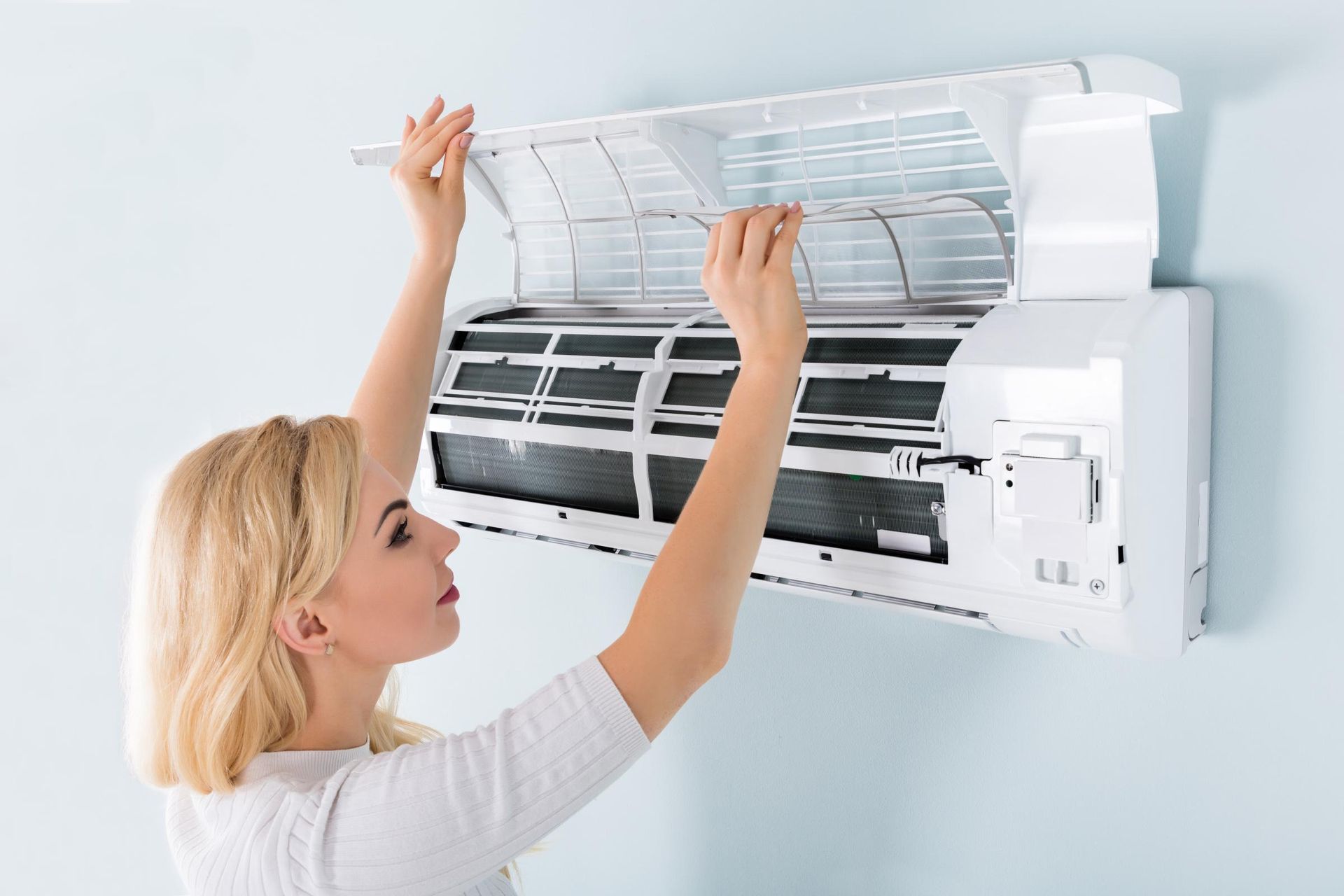
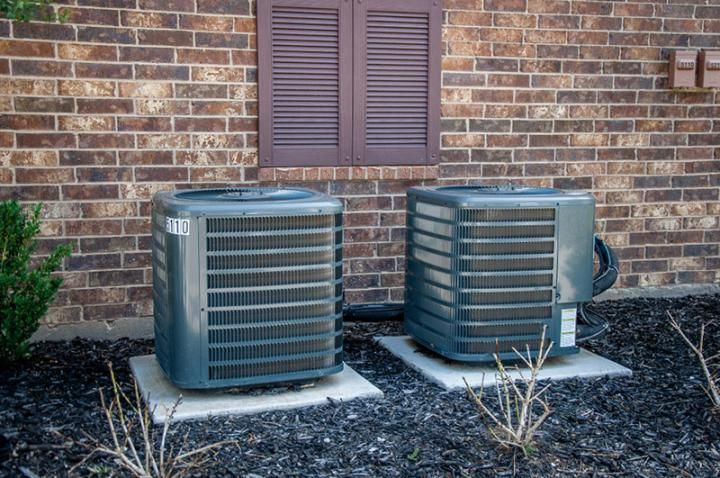

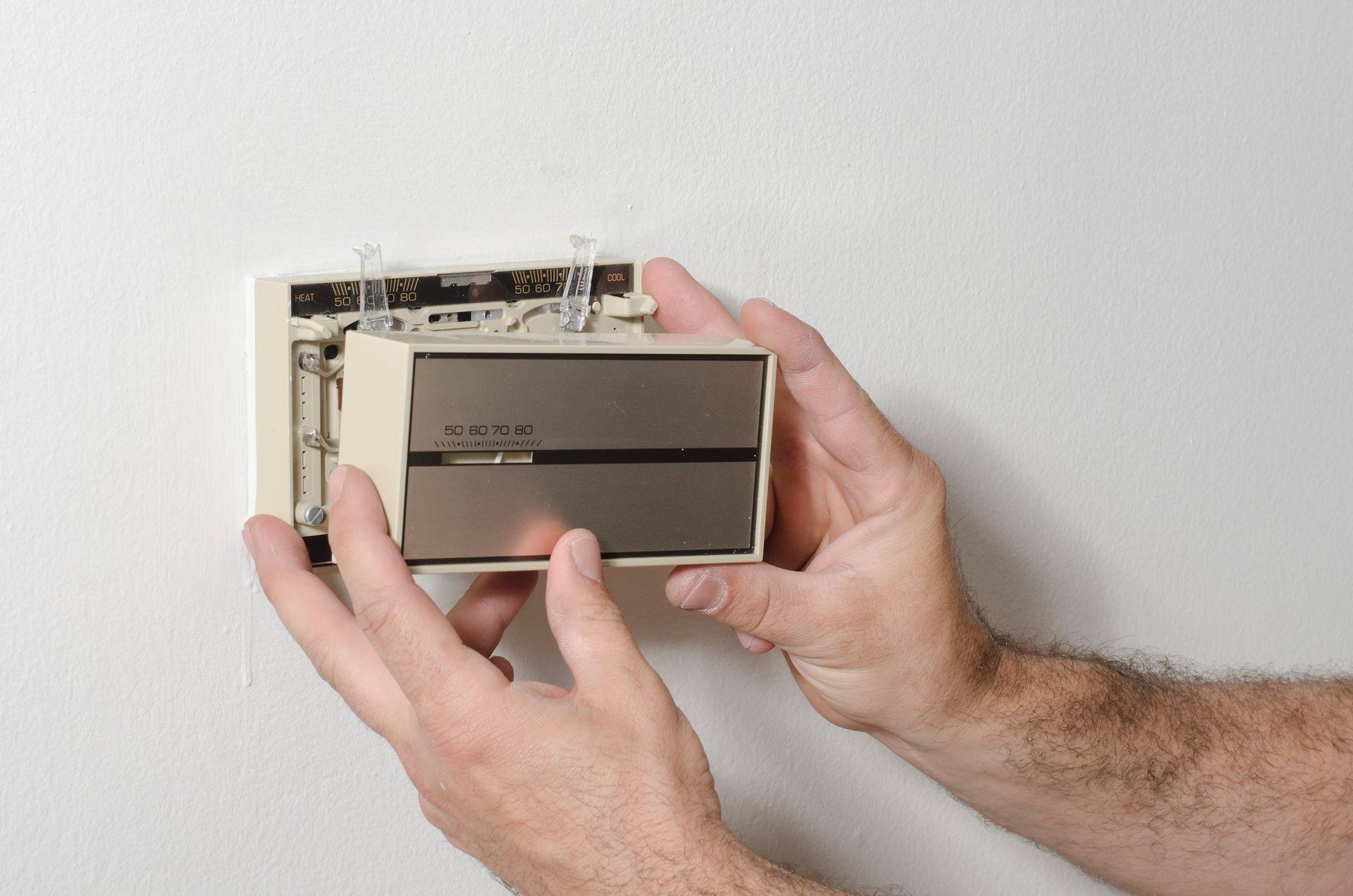

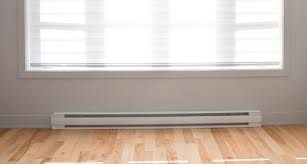
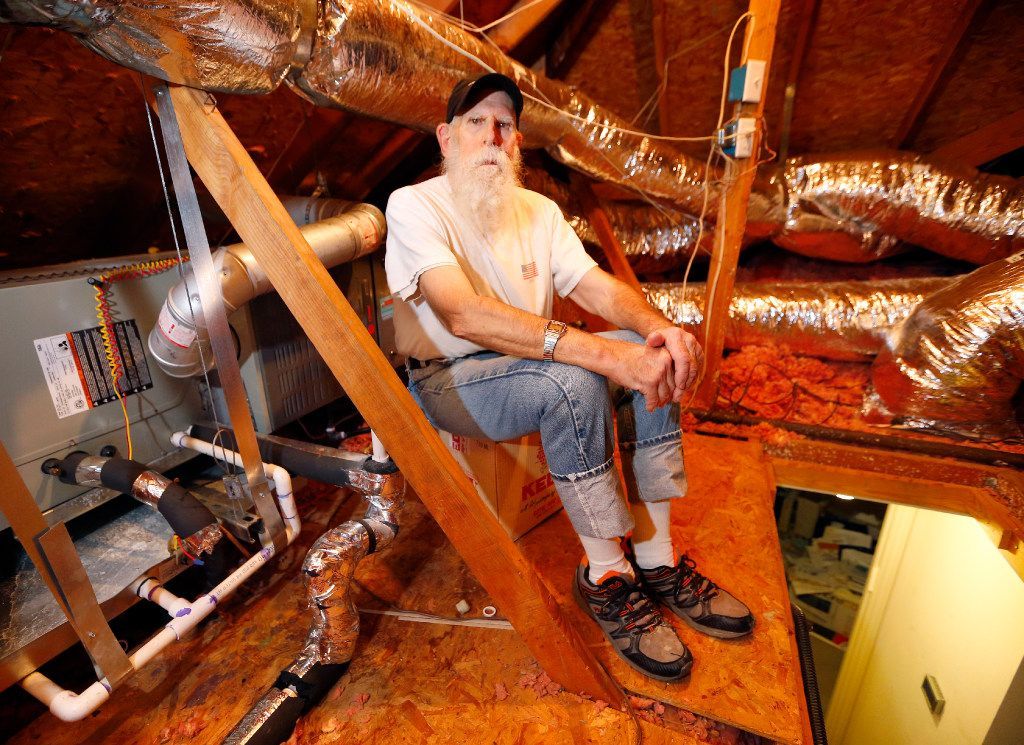

1200 Brickell Avenue Suite 1950, Miami, FL 33131
At 24/7 Local HVAC, we specialize in facilitating connections with top-tier HVAC professionals. Our focus is on bridging the gap between you and reputable HVAC companies operating within your local vicinity. It's important to emphasize that each of these HVAC entities functions independently and autonomously.
We firmly place the onus on every individual user to meticulously verify that any selected HVAC company aligns with the mandated licensing and insurance prerequisites stipulated by the governing authorities in their respective jurisdiction.
Furthermore, it's worth noting that our services may regrettably not cover all geographical areas. In instances where our services are available, the scope of offerings could potentially differ based on the composition of service providers present within that particular region.

